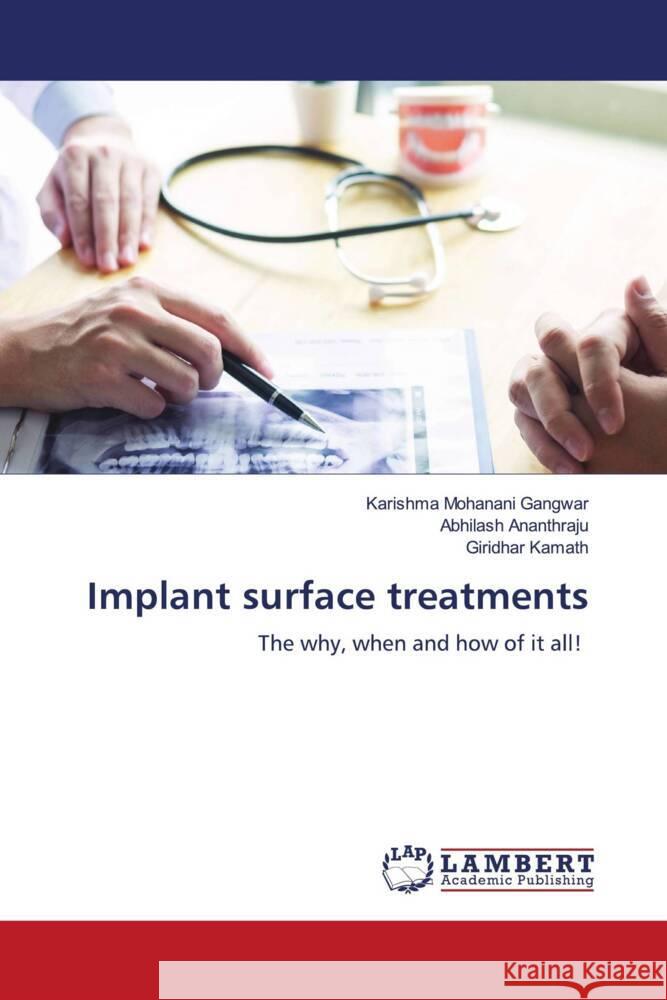Implant surface treatments » książka
Implant surface treatments
ISBN-13: 9786204952901 / Angielski / Miękka / 168 str.
The success or failure of an implant lies in its ability to osseointegrate with the surrounding bone. The osseointegration rate of dental implants is related to their composition and surface roughness. Rough-surfaced implants favor both bone anchoring and biomechanical stability and the application of osteoconductive coatings promote bone healing and apposition leading to rapid biological fixation.Research in biomaterials and biomechanics has fueled a large part of significant revolution associated with the modern osseointegrated implant. Many advances have been made in the understanding of events at the bone implant interface and in developing methods for controlling these events. Research is now being directed towards ensuring a stable bone implant contact. A major consideration in designing implants has also been to produce surfaces that promote desirable responses in the cells and tissues. To achieve these requirements, the titanium implant surface has to be modified in various ways. The topography of the implant surfaces can now be manipulated at a wide range of length scales, down to the nano level.











